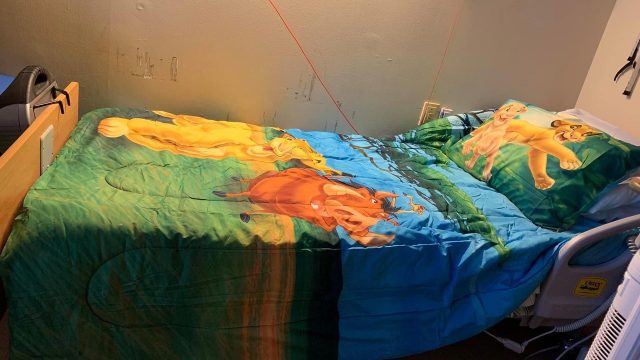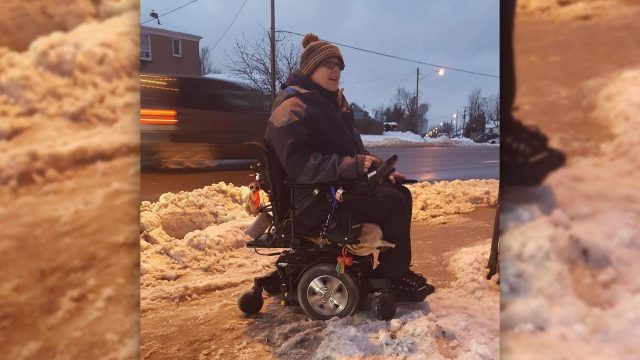

There were 118 people under the age of 30 in long-term care homes across Ontario as of December 31.
Forty-two of them were between the ages of 18-20.
“It’s basically the dumping ground of the healthcare system,” said Jane Meadus, a lawyer with Advocacy Centre for the Elderly, on Nation to Nation Thursday.
“If we don’t know what to do with (young people), we put them in long-term care.”
In comparison, there were more than 74,000 above 60 years old.
So how did these homes, geared for geriatric care, also become a place for young adults?
Meadus said the legislation was changed in 1994 to make admission into all long-term care homes 18+.
Then she said funding cuts made matters worse about a decade ago.
“They closed different kinds of facilities that used to house these young people … but they didn’t replace them with anything,” said Meadus. “So if you don’t have family, where you can live, you end up in these kind of institutions.”
That’s exactly what happened to a client of hers three years ago after a bus collision left the woman paralyzed from the waist down.
The only place for her was a for-profit long-term care home in Toronto, as first reported by APTN News earlier this week.
The woman told APTN she feels abandoned in the long-term care system, much like when she went into child welfare system at two years old only to be in and out of foster homes becoming a Crown ward at four.
“I remember a home with a lot of cats in it, another one that was on a farm type land. Another one was painted white,” said Cayleah, who asked that her last name not be used, when trying to remember the foster placements.
“I remember eating Reese’s puffs in the back of a station wagon-type car with blue upholstery.”

Records show Cayleah, who identifies as Ojibwe, was diagnosed with PTSD at the age of five.
There was also a failed adoption.
By eight she was in her first group home and recounted more than 20 different placements as she grew up in the system.
Within a year of her injury on a bus, she was in a long-term care home, owned by Sienna Senior Living that now has a COVID-19 outbreak like hundreds of other homes across the province resulting in more than 1,000 deaths so far.
“People just don’t know there is young people in there and … what kind of problems they have in long-term care,” said Meadus.
As for the total number of Indigenous residents in these homes, the ministry of long-term care said it doesn’t collect identity-based data, so it can’t say.
Nation to Nation also looked into an inspirational story of a First Nations woman in Kenora, Ont. who has become a potato dealer in the hopes of helping stave off food insecurity during the pandemic.
Tania Cameron certainly didn’t set out to be one, but when she saw an advertisement online from a farmer selling potatoes, she bought them.
“I believe it was 10,000 pounds over two shipments to Kenora and local First Nations took advantage of that,” said Tania Cameron, who has done the work through her job as the northwest regional coordinator of Indigenous Sport & Wellness Council.
She’s now up to 30,000 pounds with deliveries to Sioux Lookout, Red Lake and fly-in First Nations.
Watch the entire show below.
N2N.ca












Its actually been pretty common for American Indian children to be sent to orphanages, and shuffled around alot throughout the years. The foster care system in America is not a fun thing to be part of for American children, and Indigenous people often have it even worse. There are even books about it, like The Thomas School and Irredeemable Children. It tells how Indian orphans, and many times children taken away from their families and tribes, were sent to boarding schools that stripped them of their culture to try to “civilize” them and make them act more “white”. This school tortured these kids, and we’re not talking about the time of colonists where the settlers were at war with the tribes. The school wasnt closed until 1957. This type of treatment wasnt unique to this school or even this time frame. Its very unfortunate how peoples of these tribes are treated. Its very unfortunate how most people dont even know that this treatment of them has been and is going on.